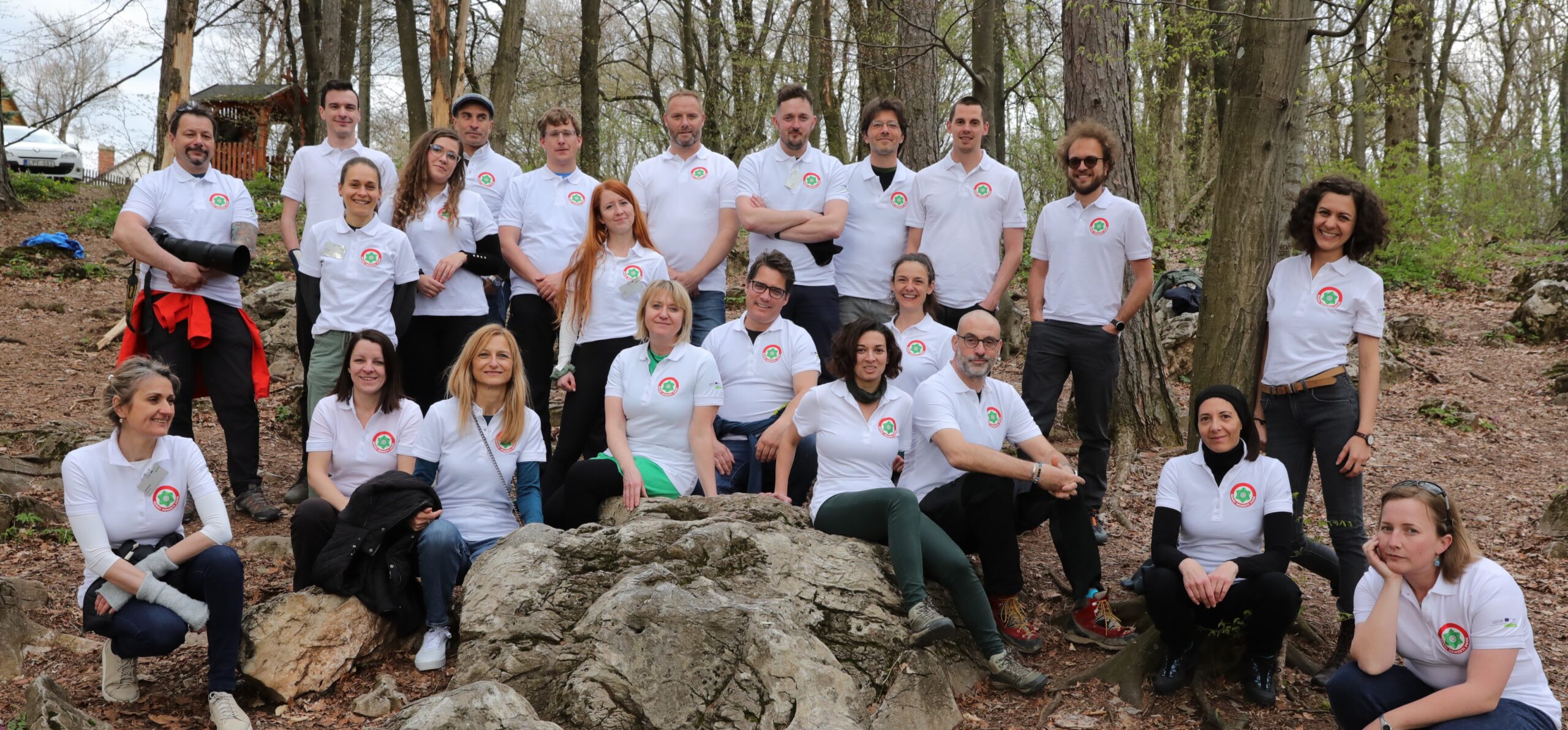Increased demand and interest in outdoor activities are great opportunities, but also challenges for each protected area (PA) to meet visitors’ expectations, but also to protect natural values. Based on this identified problem, the project “Human-Nature Interactions and Impacts of Tourist Activities on Protected Areas – HUMANITA” was created, co-financed by the INTERREG Central Europe 2021 – 2027 program, which gathers 11 project partners from Austria, Croatia, Hungary, Italy and Slovakia. The project started on April 1st 2023 and will last 36 months, until March 31st 2026. The total budget of the project amounts to EUR 2,396,346.70, of which European Union funding from the European Regional Development Fund amounts to EUR 1,917,077.36. The project aims to assist PA managers in Central Europe (CE) in the evidence-based and participatory management (still insufficiently present in practice), helping them put the right measures in the right places, make smarter decisions, prevent negative impacts and human-nature conflicts, and reduce risk using an incremental approach. The key project message is the importance of better managing visitors today so that tomorrow’s visitors can also experience quality sites, their conservation values, and the livelihood and well-being of local communities are supported as well. The project focuses on the joint development of new complementary tools and methods of tourists’ impact assessment based on transnational exchanges of experiences to better evaluate environmental conditions and trends, take explicit managerial responses and actions, develop information for national and EU policymakers, and the public as well. Jointly developed pilot actions and solutions will demonstrate the use of innovative approaches to measuring the environmental impacts of tourism inside PAs. Involvement of tourists and local communities in project activities, including participatory monitoring, will not only produce new valuable data but also bring awareness-raising, trust-building and behavioral change. For individuals (tourists and locals), this is a learning activity, one in which they can critically analyze the world around them and identify practical actions to protect the environment. Partners will also reflect existing narratives and together create new ones for the development of the “common heritage” narrative and its ability to support policymaking.
Manage Cookie Consent
To provide the best experiences, we use technologies like cookies to store and/or access device information. Consenting to these technologies will allow us to process data such as browsing behavior or unique IDs on this site. Not consenting or withdrawing consent, may adversely affect certain features and functions.
Functional Always active
The technical storage or access is strictly necessary for the legitimate purpose of enabling the use of a specific service explicitly requested by the subscriber or user, or for the sole purpose of carrying out the transmission of a communication over an electronic communications network.
Preferences
The technical storage or access is necessary for the legitimate purpose of storing preferences that are not requested by the subscriber or user.
Statistics
The technical storage or access that is used exclusively for statistical purposes.
The technical storage or access that is used exclusively for anonymous statistical purposes. Without a subpoena, voluntary compliance on the part of your Internet Service Provider, or additional records from a third party, information stored or retrieved for this purpose alone cannot usually be used to identify you.
Marketing
The technical storage or access is required to create user profiles to send advertising, or to track the user on a website or across several websites for similar marketing purposes.
